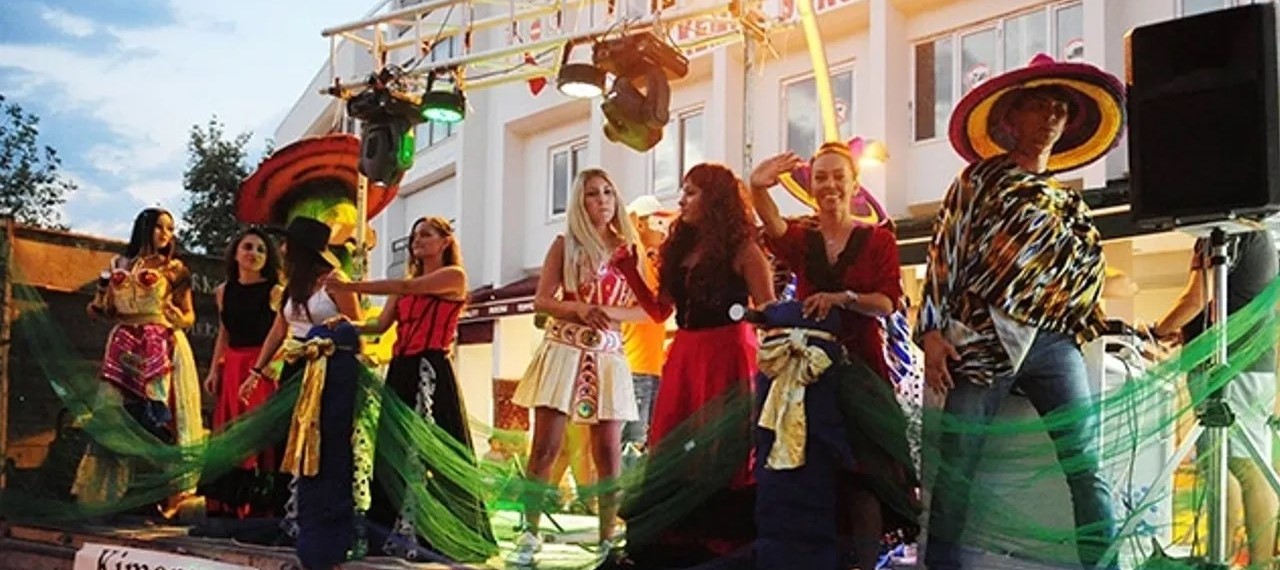
Take some time out to treat yourself with a rubdown and soap massage for a therapeutic and curative process, all thoroughly Turkish – not forgetting how relaxed, refreshed, and stimulated you will feel afterwards. The tradition of the Turkish bath is still a common practice in Turkey despite the proliferation of modern domestic baths, saunas, and Jacuzzis. On entering a hamam, choose between the “full monty” or a simpler experience of taking a bath in the marble chamber. In both cases, you will change into a “pestemal” (a type of sarong) leaving your clothes and valuables in a locker.
As in the Oriental custom, first let your skin soften up in the heat of the steam, and then pour water over your body from a jug. There is no bathtub in a hamam, but a basin and a seat made of pure marble. Before soaping yourself, you will have a rub-down with a ‘kese’ (an abrasive cloth) which takes off a layer of your skin! Then you can enjoy the soaping which can now thoroughly penetrate your pores. A hamam attendant will help you throughout this process for a pampering experience. Don’t be surprised if, you fall asleep during the process.
Afterwards don’t rush to have a cold drink, but choose a warm drink instead to equalise your body temperature and water balance. The very first examples of public baths were found in the Indus Valley the baths of Mohenjo Daro of about 5000 years ago. In ancient Egypt, priests washed themselves four times a day in cold water. The Ancient Sumerians had bathing facilities in which they built vertical drains leading from bathing rooms and had a large swimming pool constructed in the centre.
Bathing in Greece as evidenced in Homer’s description was brought by Menelaus from the East. Elaborate sweat baths were seen in Roman civilisations where men and women bathed at different sections at different times. The Turkish bath (Hamam), similar to that of Roman times,usually has two symmetrical sections for men and women in one building. There are large and comfortable sofas in the dressing room. After warming the body, one enters the central part of the hamam where the heat is at a maximum.
The original system depended on an upside-down cauldron placed in a large pool and the inside of the cauldron functioned as an oven heating the whole area through pipes under the floor and inside the walls. There was no chimney, and the smoke exited through this canal system. The hamams that have survived up to the present are mostly Ottoman examples, though some belong to the Seljuk period. Since the early stages of history, the main reason for taking a bath remains to be a ceremonial purification rather than just getting clean.
The custom of washing for cleanliness is thought to have developed later, as people originally washed more for ceremonial reasons than for hygiene. It is interesting to note that due to the Christians condemnation of self indulgence, antipathy to bathing remained for a long time in Europe as opposed to the cleanliness of the Moslems. The Crusaders returningfrom the war introduced the Turkish bath to Europe. At the same time, Englishmen residing in India and Turkey returned with a habit of daily bathing.
In 1862, David Urquart, whose life in the East had convinced him of the value of the Turkish steam bath, introduced the idea in London and thus it became an institution in the West. Later, European colonies took their attitude on bathing to America where it was taken to an extreme.


